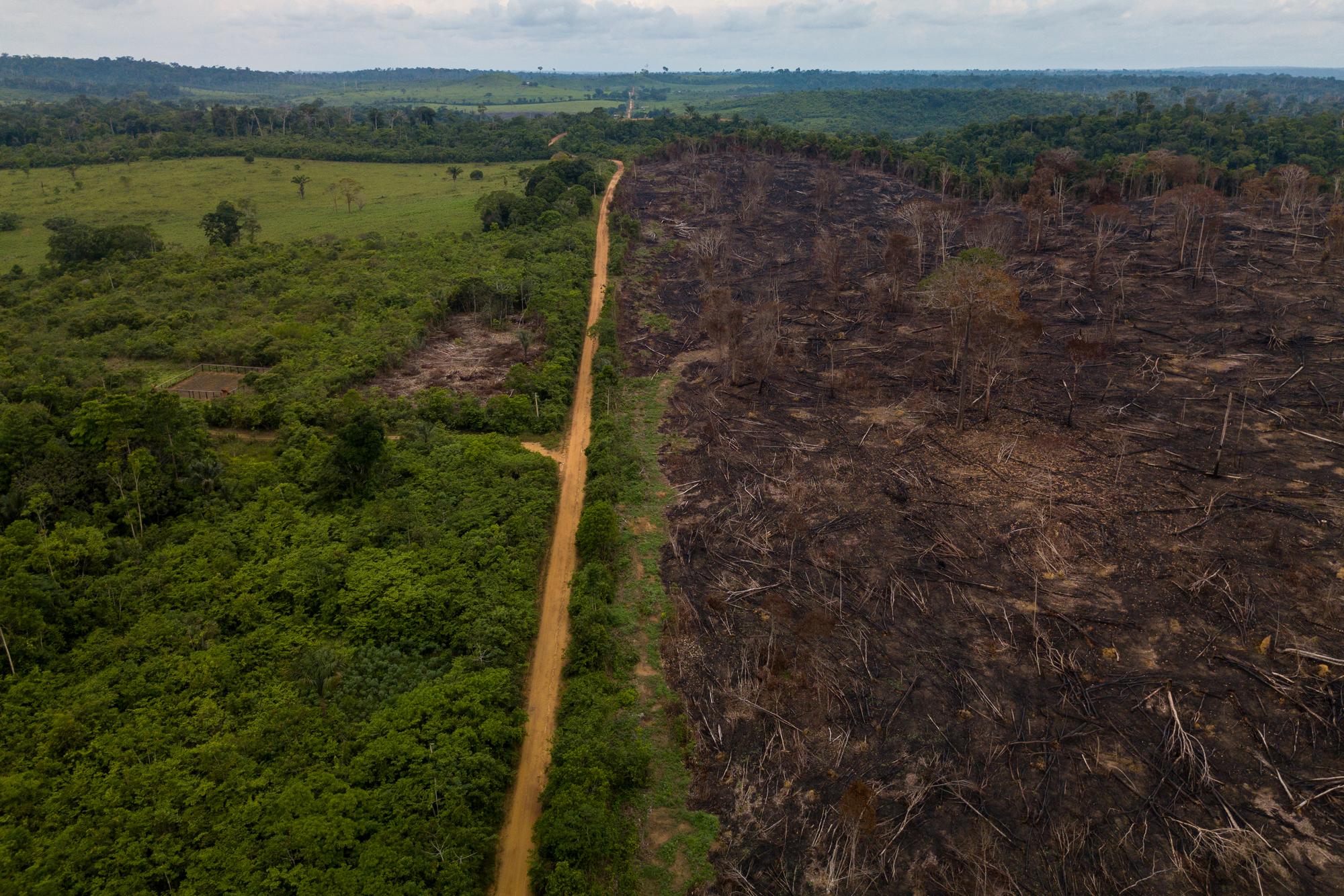Our health is personal, but health risks are not. Around the world, entire populations — both human and wildlife — are facing new infectious diseases driven by the same culprit: environmental degradation.
In a sweeping new analysis of disease data, scientists found that global trends like biodiversity loss, climate change, pollution and the rise in invasive species are putting humans, plants and animals at higher risk of contracting infectious diseases, Emily Anthes reported for The New York Times.
While environmental changes varied across the places and species studied, research consistently found that infectious diseases were becoming more common. And the loss of nature — driven by human activities such as deforestation — is responsible for an outsized portion of that growing risk.
Why? W hen animals are driven from their habitats, and humans encroach deeper into undisturbed forests, the chances of a pathogen “spilling over” from wildlife to humans increases.
And, as the planet warms, some species’ geographic ranges are shifting too. Take mosquitos. Though many are partial to tropical latitudes close to the equator, mosquitos have started to find similar, favorable conditions in regions north and south of their historic range.
“Many mosquito species are notorious disease vectors, so their expanding range is deeply concerning from a health perspective,” said Neil Vora, policy fellow at Conservation International and a practicing physician.
“Communities that have never had to worry about mosquito-borne diseases, like malaria or dengue, are now suddenly in the danger zone,” he continued. “Folks in more temperate climates haven’t had to think about preventative measures, like using insect repellent. But now that threat is at their door.”
Another example is white-footed mice, which are the primary reservoir for Lyme disease. These mice have become more dominant across North America as other mammals decline — a shift that may explain why Lyme disease rates have been on the rise in the United States.
To reduce risks, society must invest in preventing disease outbreaks, while continuing to improve how those outbreaks are contained once they occur, Vora said.
New findings on the causes of infectious diseases — like this study — help build the foundation for experts to lobby for policies and practices that can help prevent future pandemics. For example, Vora is co-chairing a new commission — sponsored by The Lancet, a world leading medical journal, and the Preventing Pandemics at the Source coalition — that has mobilized a team of nearly 30 experts who are working to limit viral spillovers through research, policy, law and practice.
“Ultimately, this study shows that we have offset our balance with nature — and now, we’re seeing that imbalance reflected in our own bodies,” Vora said. “This is a wake-up call that to prevent future pandemics, we must protect nature.”
Further reading:
Emma Cummings-Krueger is the media relations writer at Conservation International. Want to read more stories like this? Sign up for email updates. Also, please consider supporting our critical work.
